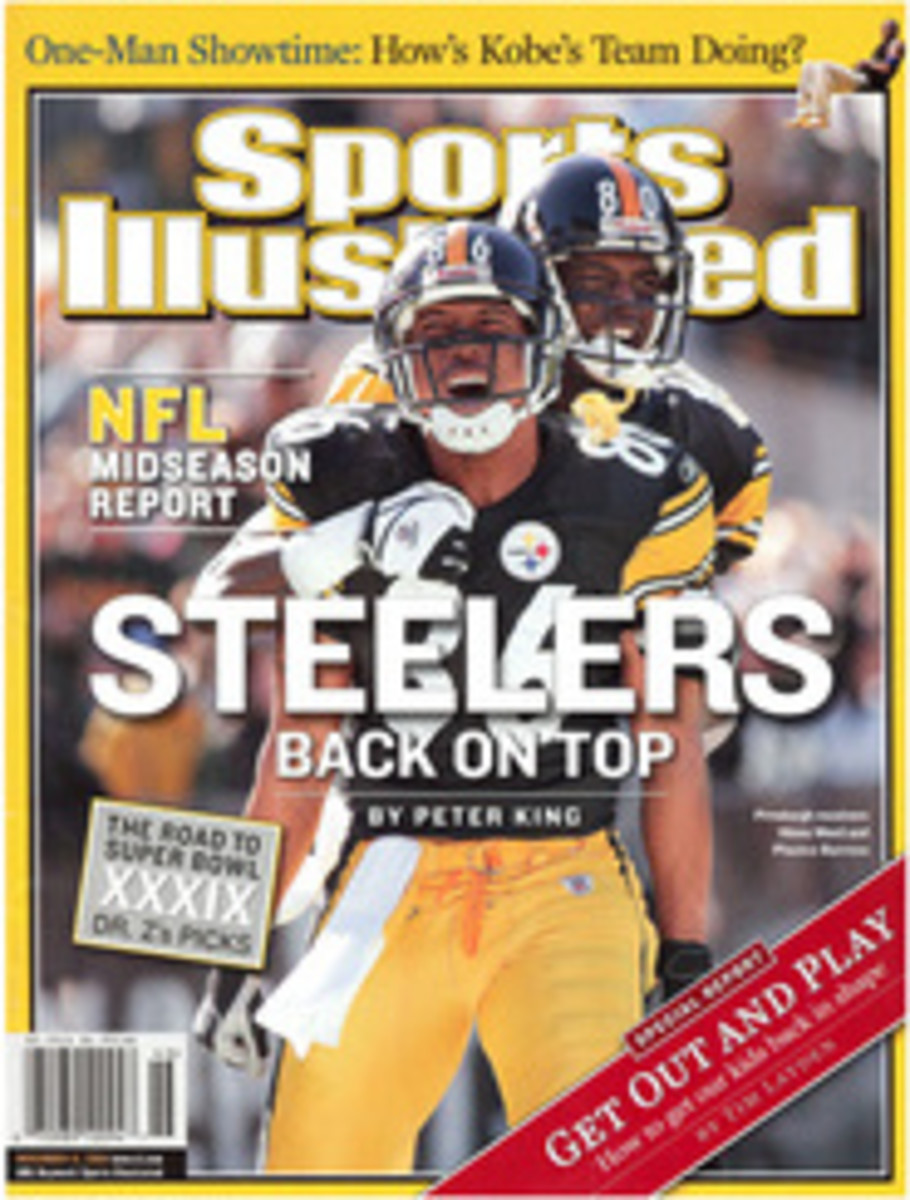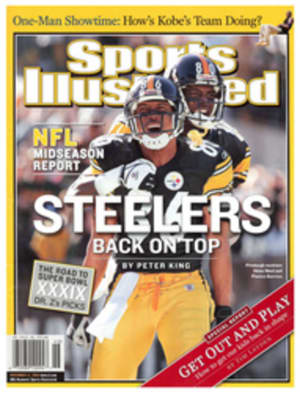
Charting All the Hits
For years a football player taking an especially vicious hit to the head has been said to have gotten his bell rung. Like most euphemisms, that cute phrase masks a serious problem: the 300,000 sports-related concussions that take place in the U.S. every year. Medical experts still know surprisingly little about concussions, but thanks to a new device installed in football helmets at Virginia Tech, North Carolina and Oklahoma this season, researchers are beginning to amass data about these brain injuries. What they learn could force a rethinking of everything from helmet design to tackling technique and even the rules of the game.
The technology used to gather the data is called HITS, for Head Impact Telemetry System, and was developed by a team of engineers at Simbex, a Lebanon, N.H., company that specializes in biofeedback devices. HITS uses six accelerometers--the devices that trigger auto air bags--to measure the exact force, location and direction of each impact during a game. The accelerometers are mounted in a U-shaped pad that fits snugly into a helmet, along with a microprocessor and a radio transmitter. Each time the player's cranium accelerates due to a tackle or a collision, the acceleration is registered in g's, and that information is transmitted to a computer by the bench. There the data pops up in graphics that are easy to read even on a hectic sideline. A bar graph indicates the force of the blow, and an arrow points to the exact place of contact on a three-dimensional image of a head. If the impact exceeds a predetermined level--it's 80 g's at Virginia Tech--a pager instantly alerts the team doctor, who then knows to monitor the player closely.
The Hokies pioneered the use of HITS last season, rotating eight of the specially equipped helmets among 38 players. "Last year we recorded 3,312 impacts," says Stefan Duma, a mechanical engineering professor who directs Virginia Tech's Center for Injury Biomechanics. "This year, [using 20 helmets] we've recorded more than 10,000 already, with numerous concussions. This isn't the first attempt to put a monitor in a helmet. The revolutionary thing here is the magnitude of the sample and the instantaneous feedback to the team physician. What we're going to come up with is guidelines on when to look for injury."
No one knows how much force is required to produce a concussion. A five-year NFL study that used game film of concussed players to reproduce collisions using crash dummies identified 98 g's as the threshold. But this year the Oklahoma staff has recorded impacts in excess of 100 g's with no apparent consequences. In addition, the cumulative effect of subconcussive impacts, over a game and over a season, remains a mystery. Also unknown are how other factors--such as physiology, past history, age and even altitude or air temperature--might affect the threshold.
A concussion is an invisible injury, and many athletes play on unaware of the severity of the injury they've suffered. A classic example came in the St. Louis Rams--New York Giants game last season. Kurt Warner, then the Rams' quarterback, sustained a first-quarter concussion and proceeded to fumble six times. The Rams lost the game--and lost their quarterback for the rest of the season.
Even the most vigilant coaching staff cannot see everything going on in the confused jumble of bodies 30 yards across the field. In the past coaches and medical staff were most likely to learn of a player's concussion either from a teammate who noticed something was wrong, or on the following day, when it became clear that the player had no memory of certain segments of the game.
"The hit might happen at the bottom of the pile or on the other side of the field, where we can't see it," says Oklahoma team doctor Brock Schnebel. "This gives us another eye on the field. It identifies hits we didn't know happened. Then we can pay attention to that athlete and see whether he's functioning O.K." ■
Blow by Blow
Among the data the HITS system reveals are the location and direction of blows to the head for players at different positions. The figures above depict cumulative hits absorbed by a Virginia Tech wide receiver (left) and linebacker (right) in one game during the 2003 season. The hits on the receiver follow a line that runs from the back of the head forward, while the much more numerous hits to the linebacker are concentrated in a lateral band around the head, with more blows to the side and rear.
THREE COLOR PHOTOS
COURTESY OF SIMBEX (3)
INSTANT INFO
Accelerometers in the Hokies' helmets relay data on head hits directly to a computer on the sideline.
TWO COLOR PHOTOS
COURTESY OF VIRGINIA TECH (HITS DIAGRAMS, 2)

